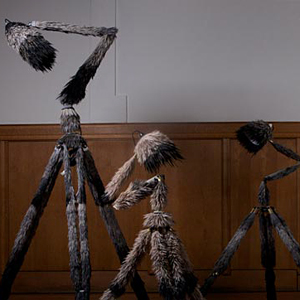Charged: Lucy McRae
The body architect reveals how technology informs her work and the “second skins” she’s dreaming up next
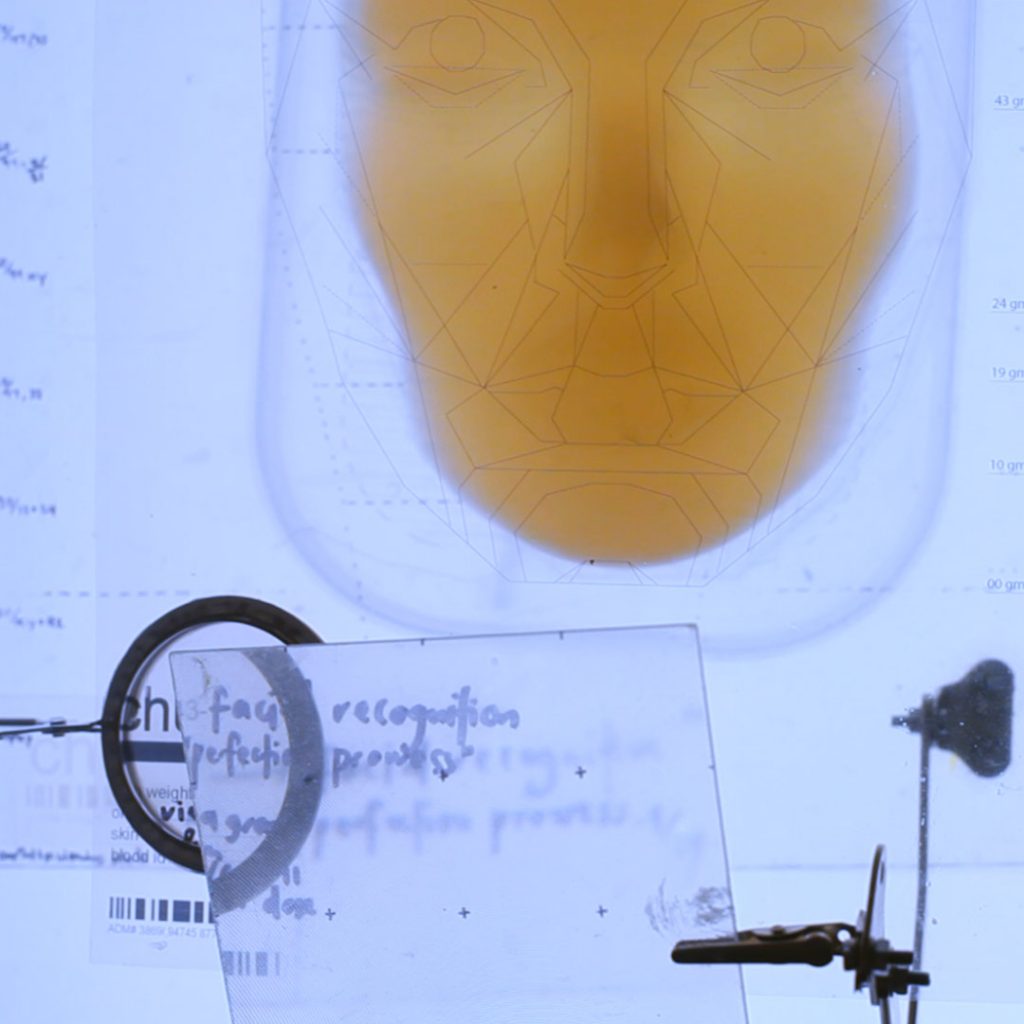
If Lady Gaga were to give up the music and focus solely on design she might look a lot like Lucy McRae, whose artistic biotech-tinged productions make today’s wearable technology look like candy bracelets. The self-proclaimed “body architect’s” creations include the Swallowable Parfum, an edible capsule that releases fragrance molecules through one’s sweat pores, to a dynamic suit for the Swedish dance-pop singer Robyn for her music video “Indestructible.”
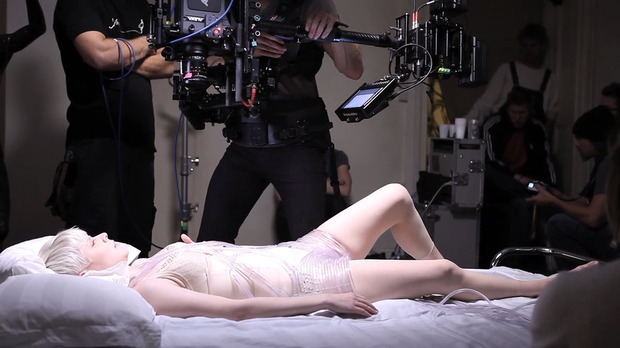
The London-born, Australia-raised McRae took 14 years of classical ballet and, as she explains to CH, “when I wasn’t at the ballet bar, I was on athletics track doing hurdles. And these were two polar opposite activities, in terms of ballet is graceful and athletics is about speed, but [they share a] synchronicity of the body.” Her fascination with the human figure has led to her glueing 4,000 pins and 90 kilos of grass “sausages” onto her own body and those of others. It’s allowed her to develop a discipline that’s become physically and mentally embedded.
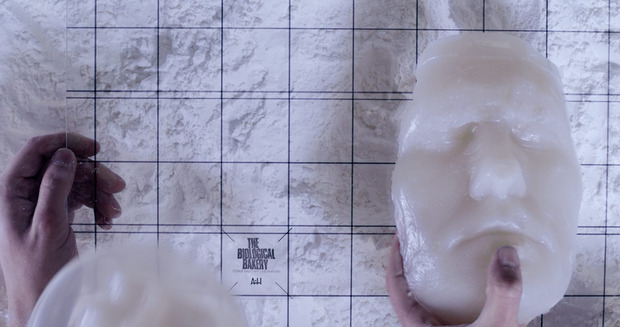
McRae began her career working in the far future research lab at Philips Design. She explains, “Technology informs my work on two levels. The first is the speculative narrative, or inspiration. I call it ‘designing the connective tissues between science and imagination.’ And I see technology as this membrane, this kind of portal that I’m tapping into. The other level is like the Robyn project, where I kind of piggyback on technology. I’m not reinventing existing technologies, but layering them with my own concept to create something else.”
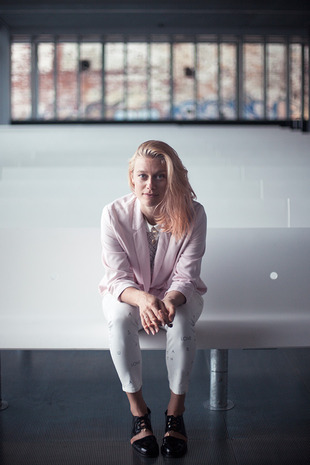
For “Indestructible,” McRae wrapped Robyn’s body with 1.2 kilometers of transparent plumbing and pumped colored liquids through the tubes at different speeds. McRae has a knack for making the seemingly impossible possible—in this case, creating a living second “skin” from liquid, vapor and air. “We hadn’t tested it before we got on set, and it had to happen in ten days,” says McRae. Noting her background in ballet, she continues, “It really is like being at a performance where you’ve dress rehearsed at a studio at a smaller scale, but on set, you’re trying it for the first time. I love that energy and adrenaline.”
“We were talking about the discovery of epiphany and how that’s the crucial link between innovation and creativity.”
The artistic analogy notwithstanding, McRae maintains she follows a highly scientific process. “Science is so much about testing and experimenting and not really knowing whether you’re going to solve something or what the outcome is going to look like. And the same goes for me—when I start [a project], it is quite blind, I don’t have a solid idea of what the outcome is going to be. It’s a series of experiments that uses the frame of the camera to determine which path I’m going to follow.” McRae collaborated with spatial designer Rachel Wingfield on “Biological Bakery” for another recent music video, this time for fellow Aussie band Architecture in Helsinki’s 2014 “Dream A Little Crazy.” The video portrays a distant future where synthetic biology enters into the home, far eclipsing the current reality of 3D printers and touching upon themes of in-house mass production and bodies as molds. “We were talking about the discovery of epiphany,” says McRae, “and how that’s the crucial link between innovation and creativity.”
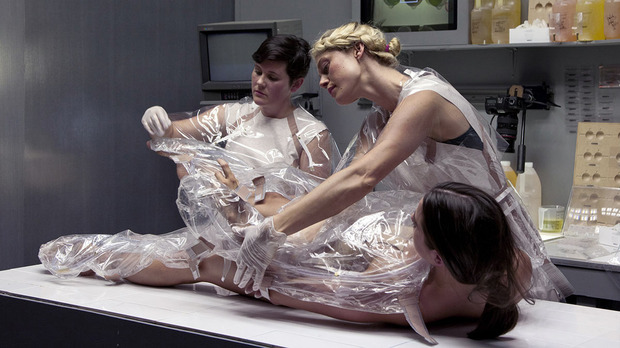
“Who is making the stories of the next 100 years? Because the gap between science fiction and reality is shrinking.”
While companies might be concerned with what the next iterations of the iPhone or a smartwatch might look like, McRae gives validity to the practice of thinking light years ahead of the pack. She describes a TED talk given by Alex Macdonald: “In the 19th century, these three guys—Edgar Allan Poe, Edward Everett Hale and Dr. John Leonard Riddell, who designed the microscope—each independently created stories about space travel,” says McRae. “And through those stories, it then propagated us going to space. So [they were] provoking. Who is making the stories of the next 100 years? Because the gap between science fiction and reality is shrinking. We have to go further out. So I’ve started to think about what is happening after wearable technology—what are the second skins that will need to be worn in spaces where we don’t have gravity, or where we need to protect our skins from different kinds of conditions? I’m thinking after all of what’s going on now.”
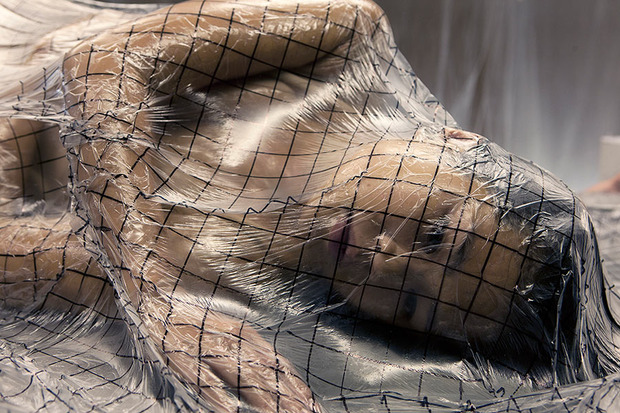
So what is McRae currently dreaming up? Macdonald turned out to be her random seatmate on a bus from Whistler to Vancouver for a TED event. “[Alex] is an economist at NASA and is sort of leading the emerging space portal. And he started telling me about the complications of growing a fetus in altered gravity environments and the effect cosmic rays have on the body. And as a person who is exploring the biological edges of the body, I’m now looking at zero gravity as the next kind of scientific challenge that’s going to inform my work. So I’m looking at the implications of this on mankind,” says McRae with a laugh.
Images courtesy of Lucy McRae

